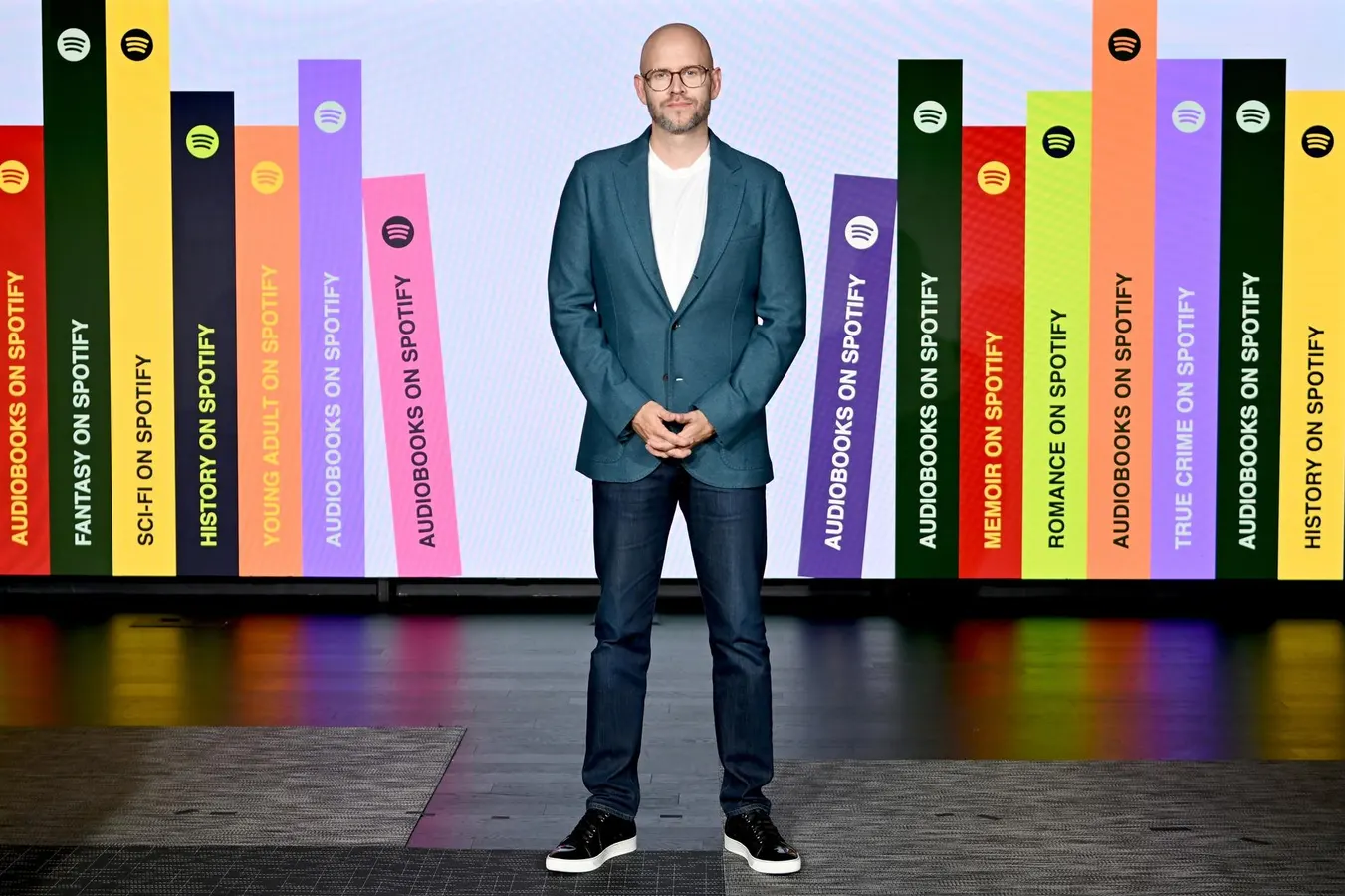By Contributor,Joe Moglia,Noam Galai
Copyright forbes

NEW YORK, NEW YORK – OCTOBER 03: Daniel Ek, Founder & CEO, Spotify, at The Future of Audiobooks Event with Spotify 2023 on October 03, 2023 in New York City. (Photo by Noam Galai/Getty Images for Spotify )
Getty Images for Spotify
Daniel Ek, the founder and chief executive of Swedish music streaming giant Spotify, announced last week that he would be stepping down as CEO in January and making way for not one but two successors. It’s an unusual move.
While there are signs that it could be successful in the case of Spotify, this sort of management structure does introduce risks. Nevertheless, the co-CEO structure is becoming more common with other big name companies, including Comcast and Oracle, making similar announcements recently.
At Spotify, Ek will become executive chairman, and two deputies, Gustav Söderström and Alex Norström—who have each been serving as co-presidents at the company since 2023—will become co-CEOs.
Furthermore, Ek’s new role will “more closely reflect a European Chairman setup,” which the company says means he will “determine capital allocation, map the long term future of Spotify and continue to provide support and guidance to its senior team.”
So what’s really changing? And will it work?
Those are big questions for the company and investors. Spotify’s stock has been on an impressive tear since 2023—climbing from $78 to north of $680 that time—but there’s lots of competition from deep-pocked players, including Amazon and Apple.
In a letter to the company, Ek described his time with the company as being a series of “missions,” and said that he’d gone from assembling furniture and negotiating deals during the early days to working in essentially every part of the company. That’s typical of many founder CEOs. As he put it, “My title changes—but my commitment and belief in what we’re building does not.”
MORE FOR YOU
But he is going to change what he focuses on. He believes he can “confidently step back from the day-to-day” and is going to focus on longer term strategy.
This makes sense. The company is in a radically different place from when he started it. He doesn’t need to build furniture or negotiate every deal. A big part of this change may simply be him deciding that he wants to move on from tasks that he no longer finds rewarding and which others can bring greater focus to.
That may not be the whole story, though. The co-CEO structure is unusual (despite the recent high profile moves, only about 1% of major public companies in the U.S. have co-CEOs, according to The New York Times), and it can be a sign that a board is divided on who the best candidate is to take over, or whether the job can ever effectively be done by one person. With Ek remaining in a long-term strategic role, and the new co-CEOs having already established a clear division of labor, this can be successful. If they’re not able to maintain a clear division of labor, however, it won’t work very well.
The hazard with this kind of structure is either that the co-CEOs contradict each other or that decision-making is slowed by constantly having to check-in with each other. It can also fail if the two co-CEOs get into a habit of compromising with each other on key decisions. While we typically think of compromise as being a good way to avoid conflict in life, it’s a poor way to make decisions for a business.
Usually when two leaders compromise, they each come to the table believing that their course of action is the correct way forward. That means, a lot of the time, that splitting the difference probably isn’t yielding the best decision. If a decision is really important, decisions need to be made on their merits, not on the basis of avoiding conflict. Those decisions also need to be made by the person with the greatest expertise in a particular area.
Right now, Spotify is in a good position, and since the reporting structure will remain the same, just with Ek taking a step back and the two co-presidents taking on greater responsibility, things will likely continue to go well. If market conditions become more challenging, that’s when problems may emerge. It will be up to Ek and the board to keep an eye out for trouble and step in to disrupt indecision or poor compromises.
Editorial StandardsReprints & Permissions